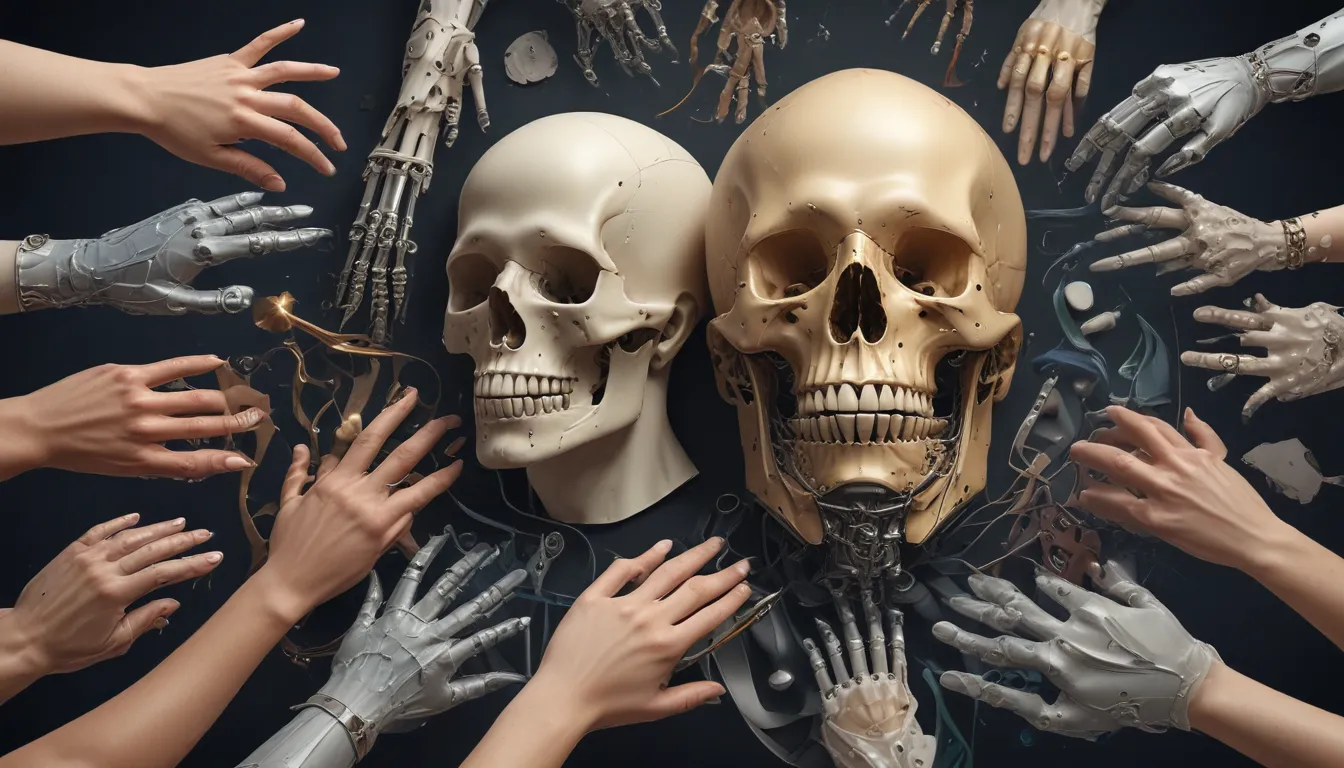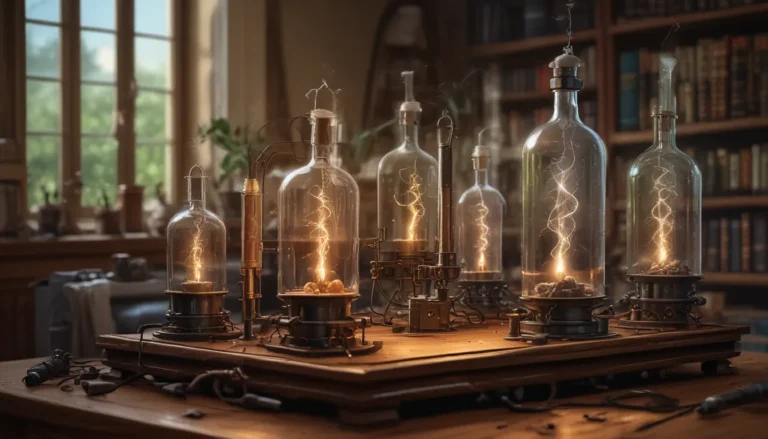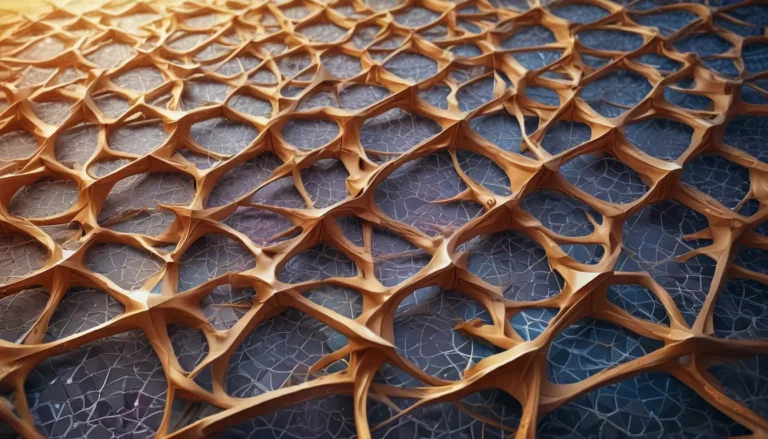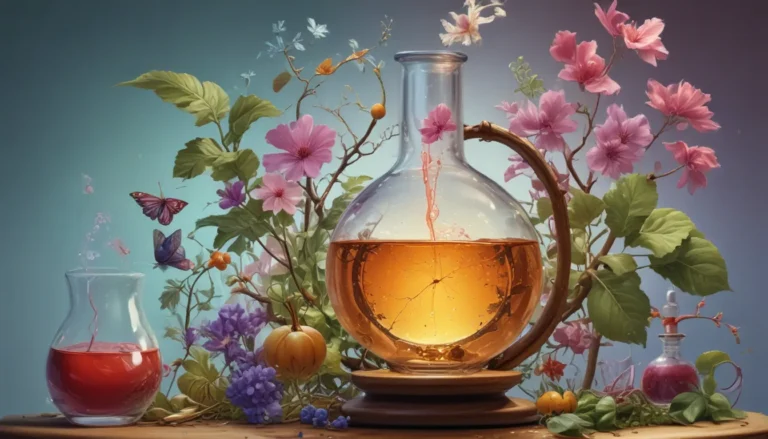A Note About Images: The images used in our articles are for illustration purposes only and may not exactly match the content. They are meant to engage readers, but the text should be relied upon for accurate information.
Prosthetic groups are indispensable components of numerous bioactive molecules, playing a pivotal role in diverse biological processes. These remarkable molecules, also known as cofactors, are non-protein entities tightly bound to protein structures. They significantly contribute to the functionality and diversity of proteins, enabling them to carry out specific enzymatic reactions or structural roles.
In this article, let’s delve into the intriguing realm of prosthetic groups and uncover 12 extraordinary facts about these fascinating biomolecules. From their diverse structures to their critical roles in catalysis and electron transfer, prosthetic groups offer a window into the complexity and versatility of biological systems.
Understanding the Basics of Prosthetic Groups
- Prosthetic groups are non-protein molecules that bind tightly to proteins and assist in their overall function.
- They can be classified into various types, including metal ions, coenzymes, and heme groups, each serving a unique purpose.
Prosthetic groups play a crucial role in enhancing protein function by assisting in electron transfer, oxygen transport, and enzyme specificity. These small yet mighty molecules are essential for maintaining the delicate balance within living systems.
The Role of Prosthetic Groups in Biological Processes
- Prosthetic groups often participate in electron transfer reactions within proteins.
- Examples include flavin adenine dinucleotide (FAD) and nicotinamide adenine dinucleotide (NAD+), which serve as electron carriers during metabolic processes.
Heme groups, crucial for oxygen transport, are found in proteins like hemoglobin and myoglobin. Their unique structure tightly binds to oxygen molecules, facilitating essential physiological functions in the body.
Diverse Roles of Prosthetic Groups
- Metal ions such as iron, copper, and zinc can act as prosthetic groups, contributing to the catalytic activity of enzymes and modulating protein structure and function.
- Some prosthetic groups undergo reversible changes, allowing for dynamic regulation of protein function in response to cellular signals.
Coenzyme Q10 (CoQ10), a versatile prosthetic group, plays a pivotal role in enzyme complexes involved in energy production. It is integral to the electron transport chain and serves as an antioxidant.
Enzyme Specificity and Prosthetic Groups
- Prosthetic groups contribute significantly to enzyme specificity, allowing enzymes to catalyze specific reactions with remarkable efficiency.
- Vitamin B12, with its complex cobalt corrin ring, is essential for DNA synthesis and nerve function.
In some cases, prosthetic groups undergo post-translational modifications within proteins, impacting protein activity by altering function or stability. This highlights the dynamic nature of prosthetic groups in regulating protein function.
Prosthetic Groups in Redox Reactions and Photosynthesis
- Many prosthetic groups enable redox reactions in proteins, vital for energy production, electron transfer, and enzymatic activity.
- In photosynthetic organisms, prosthetic groups such as chlorophylls and carotenoids capture light energy and convert it into chemical energy through photosynthesis.
Prosthetic groups, acting as enzyme cofactors, are essential for enzyme activity by facilitating optimal structure and catalytic capabilities. Their diverse functions contribute to the intricate mechanisms within biological systems.
Conclusion: Unveiling the Marvels of Prosthetic Groups
Prosthetic groups are truly remarkable entities that play a critical role in various biological processes. From enzyme specificity to redox reactions and oxygen transport, these molecules are instrumental in maintaining the delicate balance within living systems. The diversity and versatility of prosthetic groups offer a glimpse into the complexity of protein function and biochemistry.
Prosthetic groups continue to captivate scientists and drive research towards new breakthroughs, shedding light on the fascinating world of biochemistry and cellular processes. Their contributions to enzyme function and biochemical reactions underscore their significance in the field of biology.
FAQs: Exploring More About Prosthetic Groups
- What are prosthetic groups, and how do they contribute to enzyme function?
- Can prosthetic groups be replaced or removed from proteins?
- How do prosthetic groups enhance the diversity of protein structure and function?
Dive deeper into the captivating world of biochemistry to uncover more about enzyme regulation, enzyme catalysis, and the wonders of biomolecules. Embark on a journey through the marvels of biochemistry and be astounded by the intricate mechanisms that govern living organisms.
Was this page helpful?
Our commitment to delivering trustworthy and engaging content ensures that each fact on our site is contributed by real users like you. Our dedicated editors meticulously review each submission to uphold the highest standards of accuracy and reliability. Trust in our commitment to quality and authenticity as you explore the wonders of prosthetic groups and delve into the fascinating realm of biochemistry.






